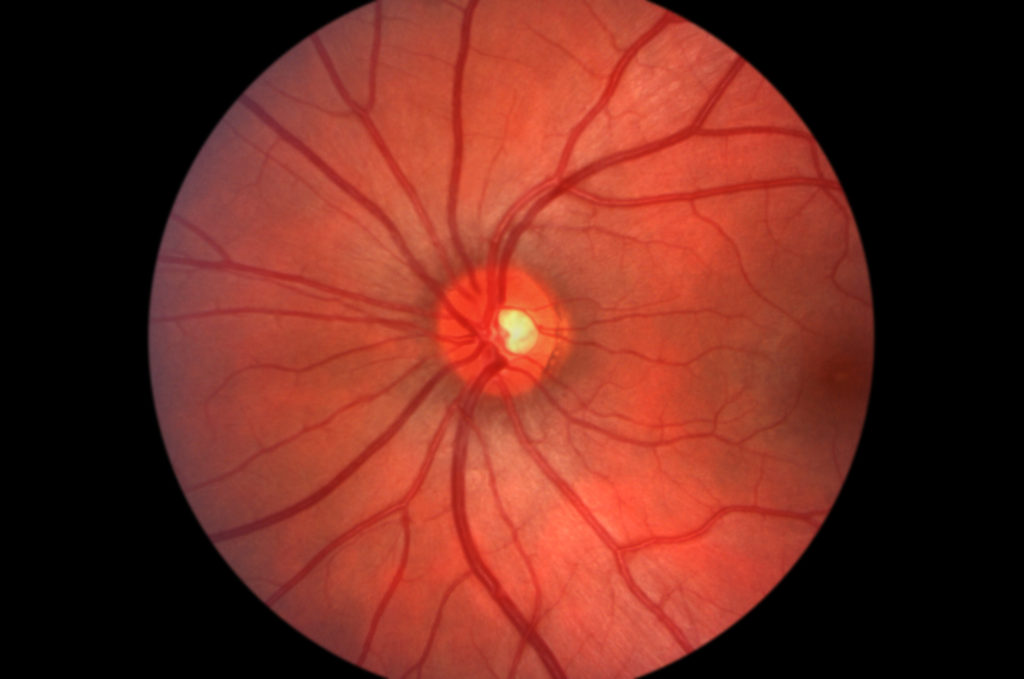We are pleased to present the latest edition of touchREVIEWS in Ophthalmology. In this issue, we offer a series of engaging editorials, in-depth review articles and insightful original research highlighting some of the latest breakthroughs, innovations and practical insights in the dynamic field of ophthalmology.
We begin with macular degeneration, where José-Alain Sahel et al. introduce the subretinal photovoltaic implant PRIMA, a revolutionary bionic vision system aimed at restoring central vision in patients suffering from geographic atrophy (GA) due to age-related macular degeneration (AMD). This innovative system leverages augmented glasses equipped with a camera and a digital projector to activate a subretinal implant. Clinical trials have shown promising results, suggesting this system could offer a viable solution for those experiencing vision loss.
From investigational therapies to newly approved treatments in AMD, Theodore Leng et al. explore faricimab, a recently approved therapy for neovascular AMD (nAMD). This bispecific antibody targets both vascular endothelial growth factor and angiopoietin-2, providing an option for patients with nAMD and also diabetic macular oedema. The authors discuss evidence from both clinical trials and real-world studies, addressing how faricimab will likely be incorporated into daily clinical practice.
Noel Alpins then moves the conversation to refractive laser surgery, highlighting vector planning, a sophisticated method to reduce postoperative corneal astigmatism. By incorporating corneal parameters into treatment plans, Alpins discusses how this approach could optimise outcomes for patients undergoing LASIK, SMILE, and PRK procedures.
Stephanie Ying and Joseph Panarelli further add to the discussion of ophthalmic surgery in this issue with a review of the common complication of choroidal effusions in glaucoma surgery and current management techniques. They discuss current conservative management techniques including topical and systemic medications, as well as procedural and surgical approaches, where required.
Advancements in artificial intelligence (AI) remain a hot topic, and discussions about AI in ophthalmology are again at the heart of this issue. Recent developments in publicly accessible AI large language models have drawn significant attention. Their capability to produce natural language responses to open-ended questions is attractive and AI chatbots leveraging this technology hold promise for a variety of medical and scientific uses. Sruthi Arepalli et al. conducted a literature review to identify potential ophthalmic applications of AI chatbots, assessing various parameters including their ability to answer knowledge assessments and their use as clinical and research tools. Their research highlights what current systems can offer, but also explores how chatbots could be used now and in the future.
Next, Stonecipher et al. delve into machine learning (ML) models, showcasing their recent research in which they designed and developed an ML model for predicting the severity and type of dry eye disease (DED) using demographic and real-world clinical data. The promising results highlight the potential applications of these models in improving health outcomes and offering early alerts to potentially prevent the progression of DED.
From AI tools, we then move to the impact of web-based tools. Parul Ichhpujani and Sahil Thakur provide an overview of the Spaeth Richman Contrast Sensitivity (SPARCS) test, a novel web-based, low-cost, contrast sensitivity (CS) tool. Highlighting its versatility and effectiveness across a spectrum of eye diseases, their article primarily focuses on glaucoma and how SPARCS can be used in assessing CS in both open-angle and closed-angle glaucoma, as well as in post-treatment cases, such as those undergoing laser peripheral iridotomy and using prostaglandin eye drops.
Returning to therapeutic breakthroughs, we then wrap up the issue by presenting two comprehensive review articles. The first, by Qin et al., explores both current and investigational therapies that inhibit the complement system, focusing on their potential for treating GA secondary to AMD. The authors emphasize the crucial role of the complement system in GA pathogenesis, before thoroughly examining past and ongoing clinical trials investigating treatments that have shown promise in decelerating the growth of GA lesions, as well in treating AMD and retinal degeneration.
We finish with a look at thyroid eye disease (TED), a complex autoimmune disease that can be sight-threatening, disfiguring, difficult to diagnose and a challenge to treat, due to limited therapeutic options. In their review, Andrea Kossler and Clara Men cover recent insights into the pathophysiology of TED, current management strategies and emerging novel therapies.
Whether you are a clinician, pharmacist, nurse, researcher, or another healthcare professional, we believe this issue will provide you with valuable insights and practical advice for your daily clinical practice, as well as offer you a forward-looking perspective on the future clinical landscape, foster discussion and support your continuous professional development. We hope that by providing a platform to evaluate these advancements and innovations, we can help you pave the way for improved patient outcomes and bring new possibilities to the field of ophthalmology.













